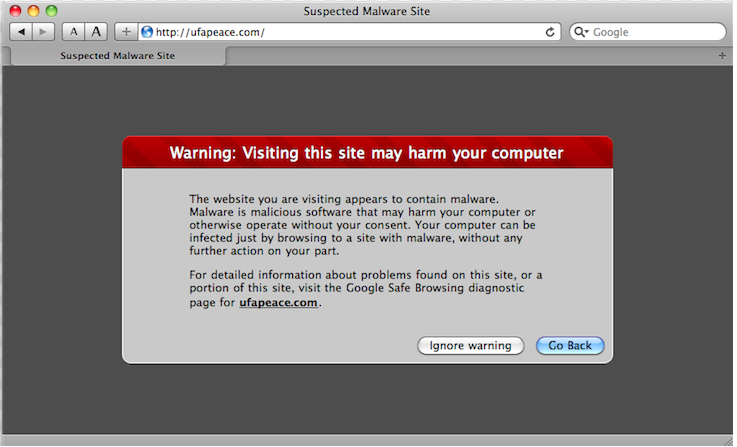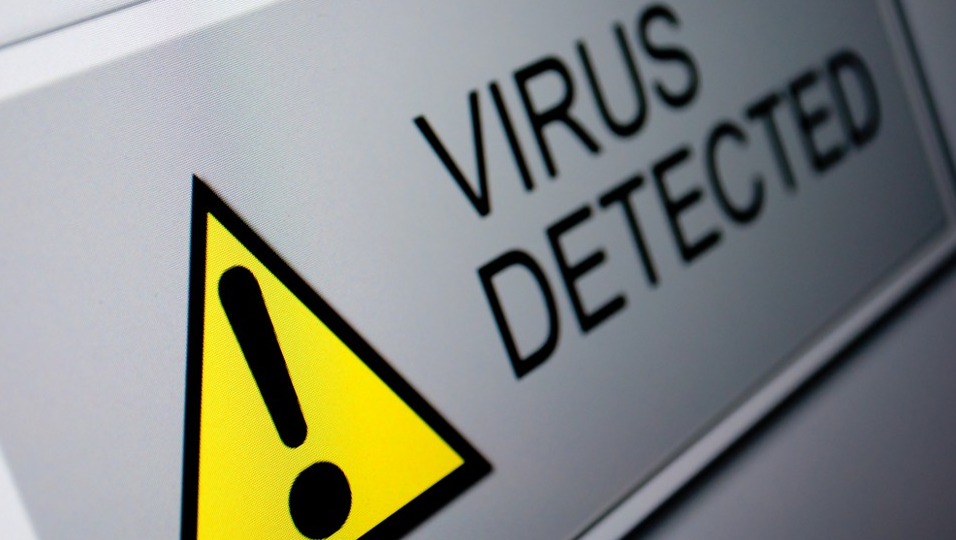Everyone knows that Macs are generally safer from malware than other operating systems, even if it is a debatable topic. Note how we used ‘generally safer’ instead of ‘safe’ because unlike what a lot of Mac users like to believe, Macs are not completely immune to malware. Yes, it is more difficult to come across malware designed for a Mac, but it is not impossible. And while Macs have built-in anti-malware, it will not stop all possible threats.

So, now that we have established that Macs can get infected with malware, you need to learn the signs of an infection so that you can detect it as soon as one enters your computer.
Mac built-in protection from malware
One of the reasons why Macs are more secure is that they have a built-in anti-malware functionality. What that essentially means is that it will detect malware as soon as it steps foot on your computer, and will prevent it from functioning. It is known as ‘XProtect’. What it does is, it will try to match all files you download to known malware definitions. If it is able to match something, a warning will pop up on your screen and alert you that the file/application will damage your computer. You are then asked to more it to the trash.

The built-in security system will also warn you every time you download an application from the Internet. It makes the users aware that they are about to open an application that did not come from the official Apple store. It also provides the time of the download, what application did the download, and the source. You should always review those details before you open the app.
Six tips to keep your Mac safe
So if your Mac has anti-malware functionality, what do you have to worry about? The things with anti-malware is that it can only detect known threats. It cannot warn you about malware it is not familiar with. Of course, Apple developers regularly release updates that include the newest threats but if you happen to come across malware that Apple has not included in the malware definitions yet, you could be in trouble. You would launch the application, would not get the warning, thus would think it is safe. The malware could be working in the background, and you might not even know.
The anti-malware functionality is not perfect. It will not be able to detect potentially unwanted programs, like adware and browser hijackers. They are not exactly serious infection but they still have an affect on your computer. So if ‘XProtect’ does not identify them, how do you notice the infection?
Spotting potentially unwanted programs
Potentially unwanted programs, which are also known as PUPs, are these applications, that as the category suggests, you may not want to have on your computer. They are not malicious infections, although that is debatable, and generally do not directly harm the computer. They usually aim to make revenue from adverts. Those infections are more specifically referred to as adware.

Adware will bombard your screen with advertisements so that it could make money. It is a very noticeable infection for obvious reasons. Unless you think ads popping up everywhere is normal computer behavior. You might also have your browser’s settings changed so that some unfamiliar site loads instead of the usual homepage. So if there has been an increase in advertisements recently, they are popping up left and right, and your browser’s setting have been mysteriously changed, it is not how your Mac should behave. These are clear signs of an infection.
Additionally, new toolbars might be added to your browser, weird programs may install without permission, and your computer would slow down. And not just a bit. It will quite noticeably act sluggish, programs will take longer to launch, and your browsers will crash constantly.
PUPs and adware usually are installed by the users themselves. Clearly, no one would install a program that will fill their screens with ads, so developers came up with a more clever way. And it is kind of legal. PUP and adware are attached to other programs. This allows them to install alongside without you even noticing. They can also be disguising themselves as useful programs so that you would be fooled into installing.
Other kinds of infections
Some malware infections might be very obvious, and they are intended to be that way. Like ransomware. It is this type of malware that will encrypt your files and then ask for payment to get them back. It is one of the most dangerous infections out there. And by far, Windows users are more likely to become victims. Ransomware for Macs might as well be a myth, with how rare it is, but this will probably change pretty soon. We already had one ransomware back in 2016, and while it did not do much damage, it is a sign that Macs are not immune. And if you ever get infected with ransomware, you will have no trouble identifying it, as a message will pop-up, saying your files have been encrypted and that you need to pay.
The horror! Mac users must beware of ransomware
Other kinds of infections include keyloggers and scam anti-spyware/cleaning programs. Keyloggers would be more difficult to notice than most infections because they work in the background. What they do is they monitor your activity and log your keystrokes. This allows hackers to gain access to your various accounts, take advantage of your banking details, and so on.
There are plenty of bogus programs offering to clean or protect your Mac, countless of them. But it is pretty easy to identify them. Before you install any kind of program that does not come from the Apple app store, you need to look into it. Read both professional and use reviews, but do not stick to just one source. Use a couple so that you can make informed decisions. And generally, stay away from programs that try to force their installation on you. Especially avoid downloading them from pop-ups and ads.
Even if Macs are safer than Windows, they are clearly not immune. And we will probably see an increase in Mac malware in the future, so you need to be prepared and be able to identify an infection. If you see adverts everywhere, your browser’s settings have been suddenly changed, and your computer is acting slow, those are obvious signs of an infection.
When you’re a small business owner, choosing a website designer is a crucial strategic decision, as a good website can bring you more business and a bad one can drive away prospective customers. At WebDesign499, they increases the volume of visitors by ranking your website high on the search result pages. For more information, find out here now.